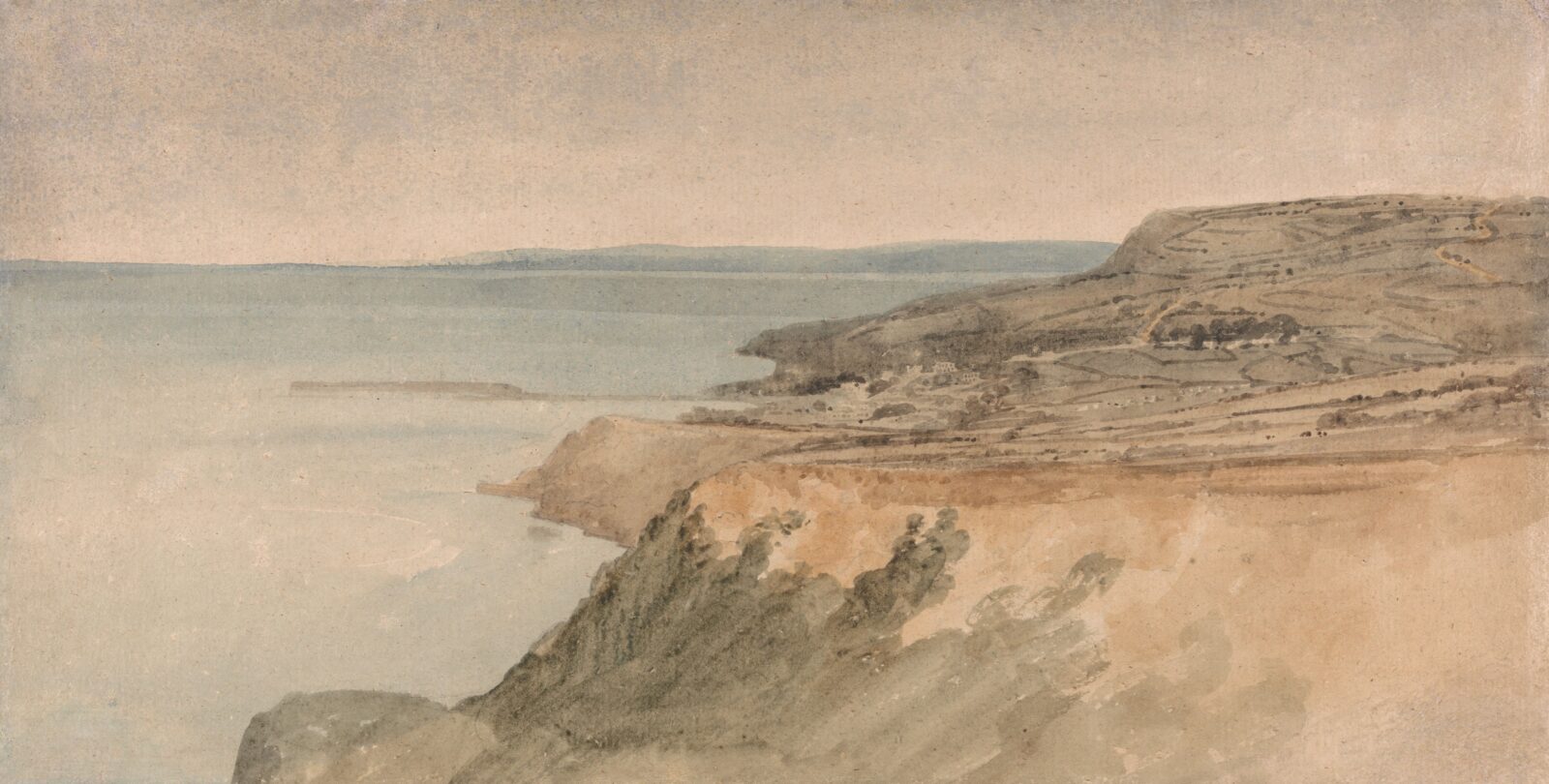Room 1: Sea Bathing
‘The Bathing was so delightful this morning & Molly so pressing with me to enjoy myself that I believe I staid in rather too long’ - Jane Austen, Friday 14 September 1804
Venus’s Bathing, Margate; A Fashionable Dip
Coloured etching by Thomas Rowlandson. ca. 1800.
© Wellcome Collection.
Sea Bathing became increasingly fashionable in the 18th century as doctors praised and prescribed its health benefits. Whilst men often bathed in the nude, ladies would normally wear a flannel shift and enter the sea in a bathing machine to preserve their modesty.
The bathing machine, charmingly described by Nicholas Blundell in 1721 as ‘a Conveniency for Bathing in the Sea’, was essentially a wooden hut on wheels in which a lady could change her clothes and be pulled out to sea by a horse or sturdy bathing woman. They could then get straight into the water, where they would be watched over by the bathing woman or ‘dipper’.
Jane herself never learned to swim, but she delighted in sea bathing. Under the guidance of a dipper she could splash around in the water, enjoying the bodily pleasure of floating on or being buffeted by the waves. Like dancing, sea bathing offered a rare sense of physical freedom that she relished.
